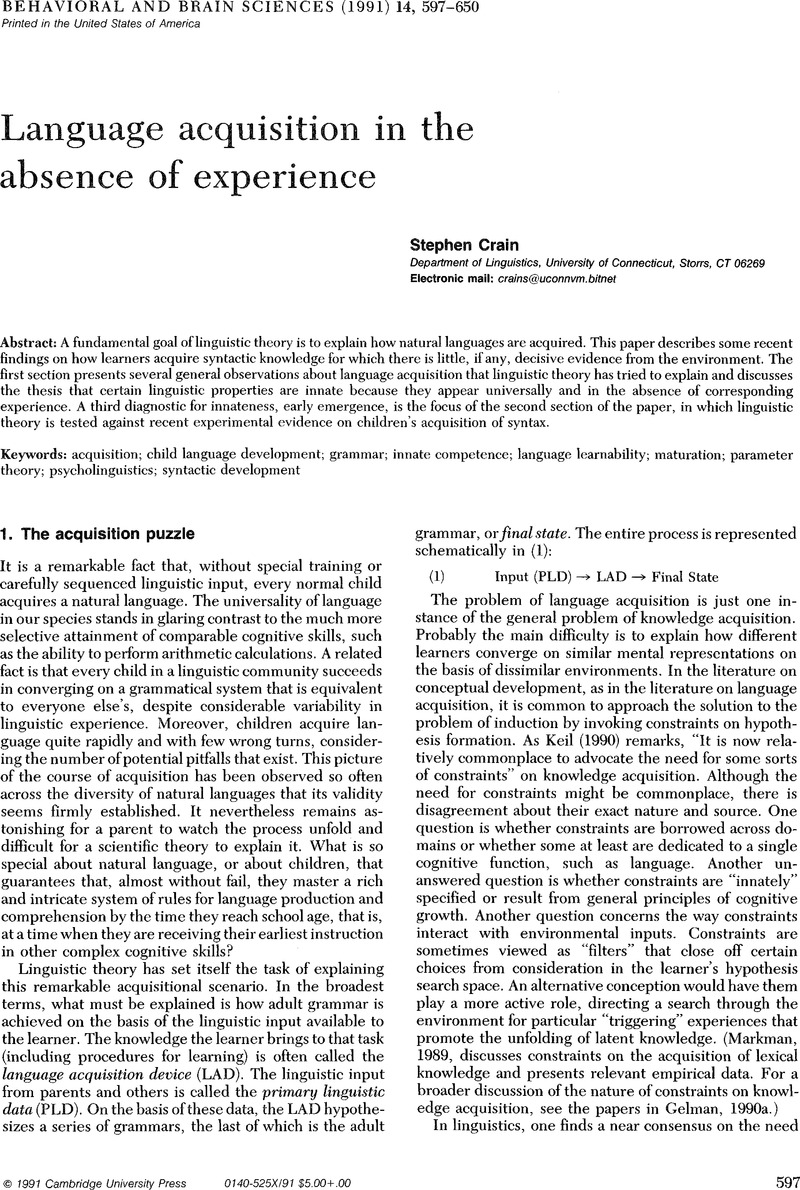Crossref Citations
This article has been cited by the following publications. This list is generated based on data provided by Crossref.
Namy, Laura L.
and
Waxman, Sandra R.
1998.
Words and Gestures: Infants' Interpretations of Different Forms of Symbolic Reference.
Child Development,
Vol. 69,
Issue. 2,
p.
295.





